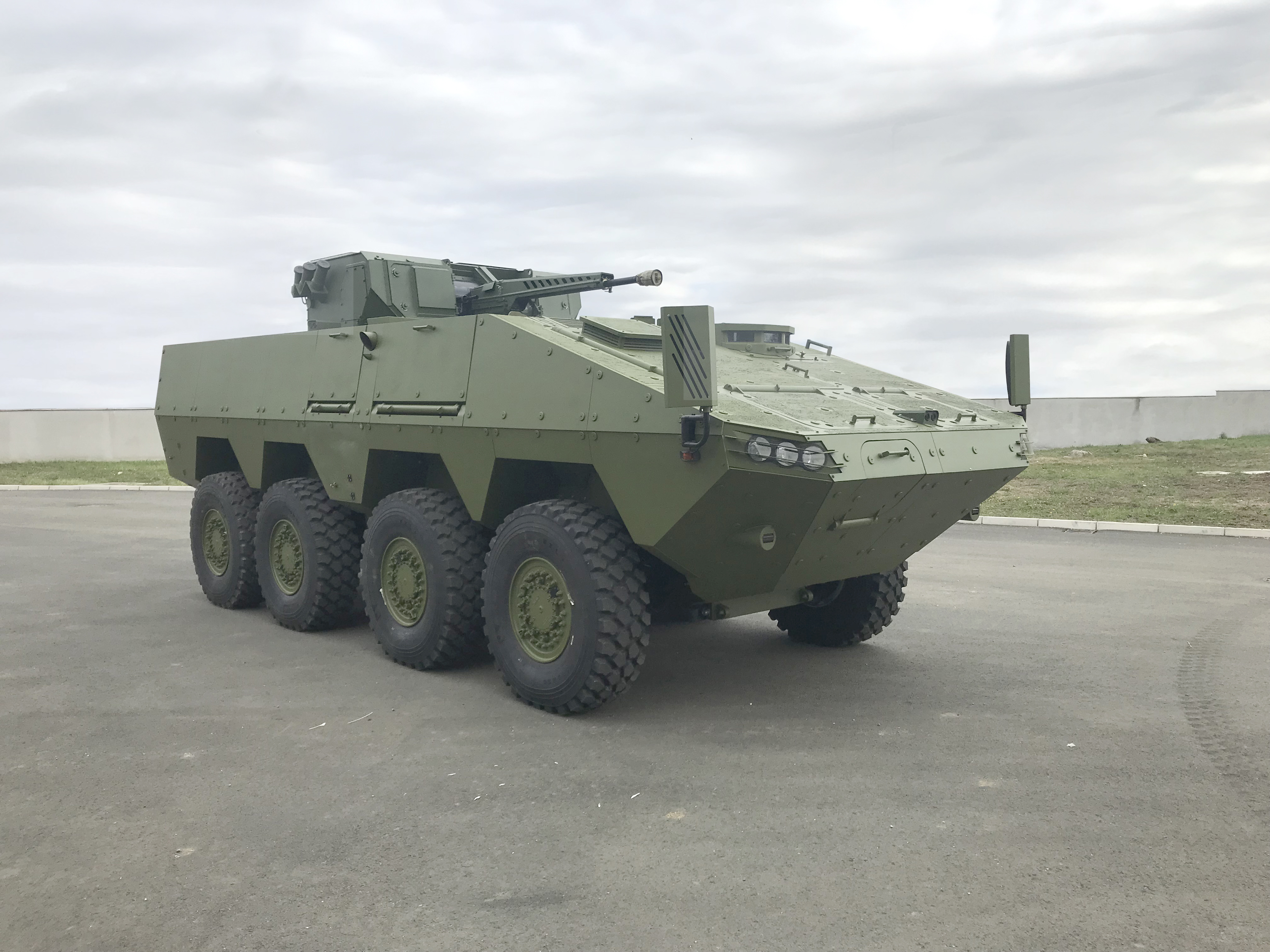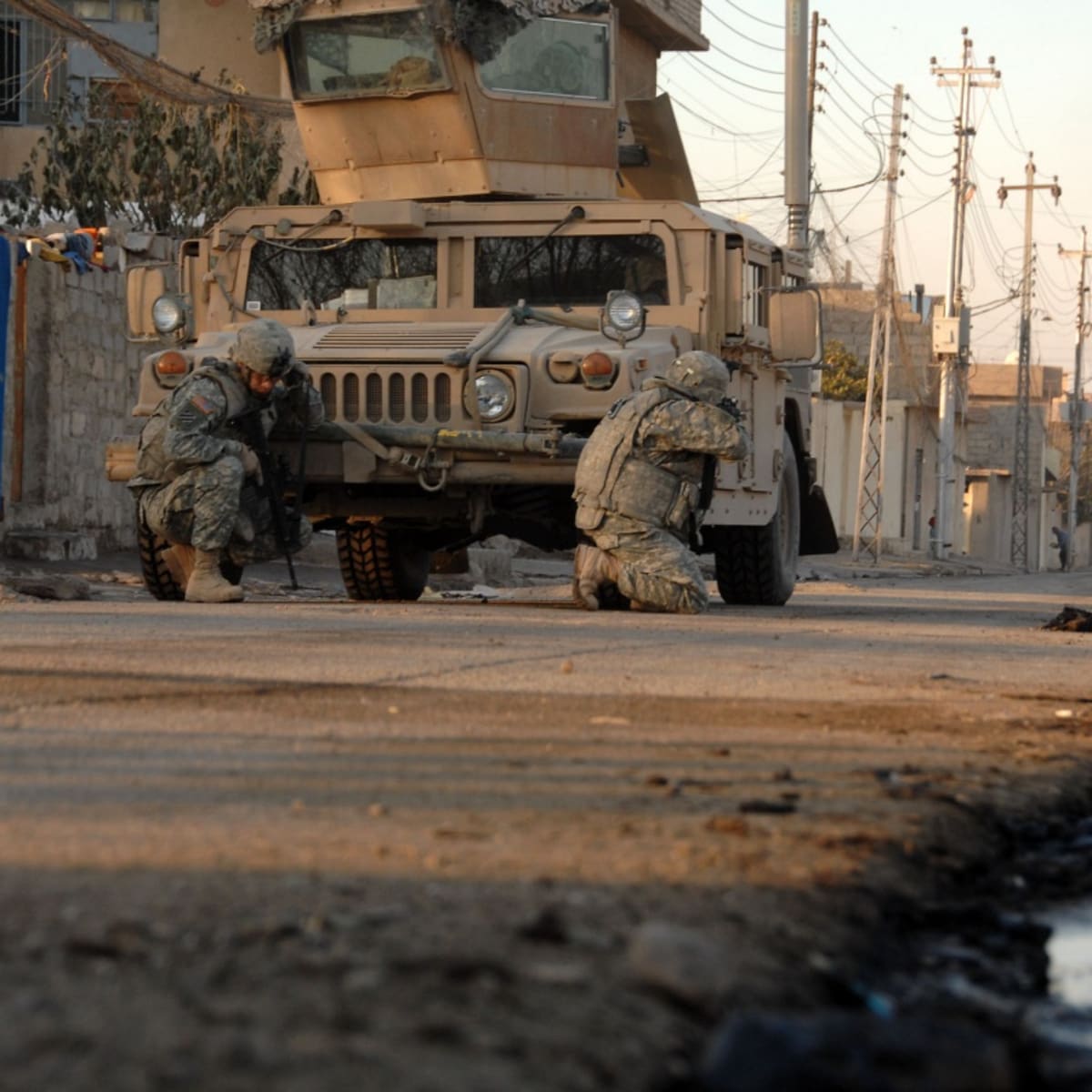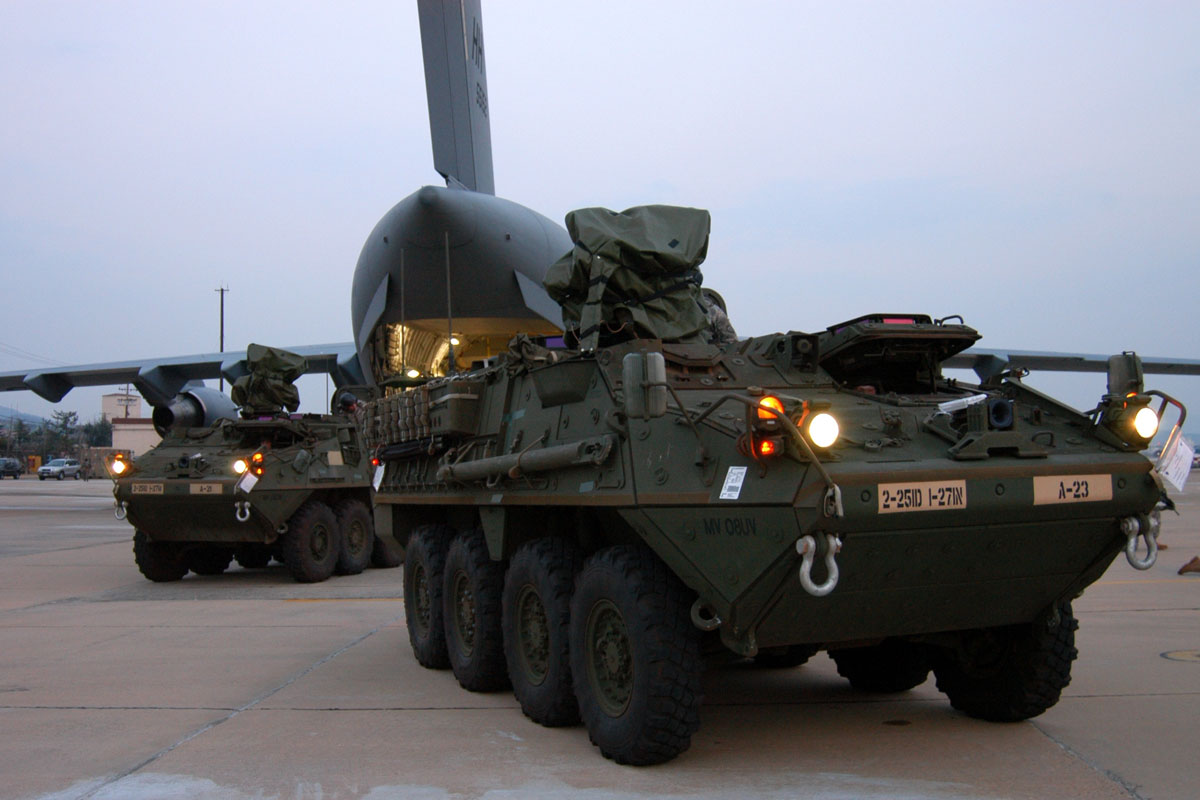Apv Military - Commander in battle proven, armored vehicle, occupant protection systems. We provide life-saving, durable and reliable restraint systems designed and engineered for military applications. APV engineers are subject matter experts who design restraints to perform under the harshest military environments.
Such distinctions are easier to make in theory than in practice. In the real world, there is a spectrum of vehicles from heavily armored APVs, to commercial trucks painted green with some sheet metal armor, and everything in between.
Apv Military
 Source: c8.alamy.com
Source: c8.alamy.com
Sometimes close inspection is required to determine if a particular vehicle is an APV, or just a good looking car. This is not just a conscious or analytical judgement. Commanders and decision makers must make choices along this spectrum as to which vehicle is best suited for anticipated missions and threats.
Armored Protected Vehicles Apv
There may be a temptation to use weak armored cars in missions where stronger APVs are really needed. In a world full of weapons, an adaptive enemy can quickly overwhelm any force the government uses. The car has a weight of 4,000kg.
There is an egg-shaped crew capsule called a blast barrel. Designed to avoid explosions, the blowout bucket also acts as a roll if the vehicle overturns. Seating for four soldiers is provided in a diamond arrangement that gives better visibility in all directions.
This difference tends to disappear in a low intensity conflict environment. By 2035, the world's population is expected to increase by another 1.8 billion people to a total of almost 9 billion people, with almost all of this growth occurring in the developing world and to some extent concentrated in the
urban areas. Urban environments remain a very challenging place for conventional forces to operate. Enemies will use urban areas to deny normal reconnaissance and gain advantages by creating shelters hidden in the urban waste. The "empty battlefield" of Operation Desert Storm was good tank country.
 Source: www.yugoimport.com
Source: www.yugoimport.com
Ultra Apv Development
Counterinsurgency operations in urban environments are not tank friendly. Lighter vehicles, with non-tracked wheels, predominate in such environments. The Ultra armored patrol vehicle (APV), or Ultra AP, is a new concept combat vehicle developed by the Georgia Tech Research Institute (GTRI) in collaboration with the Office of Naval Research (ONR).
The APV was presented at the Modern Day Marine Expo held at the Marine Corps Air Facility in Quantico, Virginia, in September 2010. Austria .. Belgium .. Brazil .. Canada .. Chile .. China .. Czech Republic .. DPRK .. Egypt.. France.. Germany.. Ireland.. Israel.. Italy.. Korea.. Portugal.. Romania.. Russia.. Serbia.. South Africa .
. Spain .. Switzerland .. United Kingdom.. United States... Zimbabwe .. The art of design is a complex combination of imagination, creative ability, ingenuity, knowledge of scientific principles and manufacturing techniques, material knowledge , skill, and personal commitment.
The subject of body and hull design for all types of military vehicles includes a large number of topics and subtopics. The main difference between military vehicles and their commercial counterparts is that military vehicles are specifically designed for military purposes.
Ultra T
This includes combat operations and the transport of cargo, personnel or equipment. They are designed and built to withstand the rigors of the military environment. In the early 20th century, armored cars were built on standard car chassis.
Both were armored and armed, and equipped with radio communication equipment. Its primary function, in addition to providing high-speed mobility, was to conduct combat reconnaissance and provide defensive firepower when necessary. Vehicles of this type were also used as field commander vehicles in mechanized and military units.
 Source: www.armadainternational.com
Source: www.armadainternational.com
They played secondary roles as laborers and carriers of goods. There were some models whose main function was to provide mobile armor protection for personnel and objects. In these vehicles, the turret was omitted and the hull was modified to facilitate loading and unloading of cargo.
The terms body and shell are used interchangeably in military automotive circles to denote the part of an automotive vehicle that contains the functional compartments, that is, the compartments that contain cargo, passengers or it the team.
As originally used, the term hull was restricted to the enclosing structures of tank-type vehicles laying tracks, while body was used for wheeled vehicles. Wheeled vehicle bodies are identical to tracked vehicle bodies and differ from them only in physical appearance.
Simply welding a custom body to a custom chassis frame, however, is not basic frame and body construction. In a truly integrated structure, the entire body frame unit is treated as a load-bearing member that can handle all the loads experienced by vehicle road loads as well as cargo loads
. Armored vehicles have hulls thick and rigid enough that they do not require a load-bearing frame. In any case, the finished hull will be the main frame, compartment and accommodation for the transport system, crew, passengers, cargo and equipment, and is the basis
for mounting the turret (in the case of tank vehicles), the suspension components, and the armor. The crew compartment is designed for six workers including a driver and leader, facing forward, and two couples behind them facing outward.
 Source: imageio.forbes.com
Source: imageio.forbes.com
This arrangement will move the team away from the outer walls to reduce damage from side blasts. The development of Ultra armored patrol vehicles is a research project funded by ONR and executed by GTRI. The Ultra concept was unveiled as part of the US Army's TARDEC COMBATT program sponsored by the National Automotive Center.
The first prototype was released in September 2005. The vehicle was built using revolutionary designs to combine armor and chassis to achieve greater durability. In February 2010, ONR transferred ownership rights to the vehicle to GTRI to continue research efforts.
Military vehicles are classified into three broad categories; That is, combat vehicles, tactical vehicles, and utility or administrative vehicles. The last category, administrative vehicles, includes the commercially available standard vehicles used mainly in camps, places, stations, and various government institutions for routine administrative functions.
Cars in this category are of little concern to the military designer. Unfortunately, there are no set rules on the level of ballistic protection that vehicles need. A general rule often applied to armored vehicles is that they should have enough ballistic protection on the front and turrets to overcome a direct hit from a weapon equivalent to that of which they are qualified.
The price of heavy ballistic protection, however, is high in terms of vehicle weight, size, power requirements, speed, maneuverability, as well as monetary costs. To reduce these, a certain level of risk must be accepted. Between the extremes of a pure monocoque construction and the frame and body that are only integrated there is the semi-monocoque body, which is the type that is more practical to obtain.
In this type of construction, the sheet metal panels are subjected to the bending and torsional loads experienced by the structure but are reinforced by tension members placed selectively on an axis of inherent weakness of the panels.
 Source: www.laprogressive.com
Source: www.laprogressive.com
While beauty is in the eye, military utility is not. Some military vehicles are suitable for off-road operations - armored personnel carriers [APC] and armored combat vehicles [APC] - but others, such as armored cars, are not.
Some military vehicles - Armored Protective Vehicles - may stand a chance against heavily armed insurgents, while armored cars do not. The term "armored car" is best understood as an armored vehicle mounted on the chassis of a civilian truck.
Heavier vehicles such as APCs, AIFVs, and APVs, consist of an armored hull to which the wheels are attached. The term APV is usually used for vehicles with shells configured to withstand the blast from mines and IEDs.
In contrast, Armored Personnel Carriers [APC] and Armored Fighting Vehicles [AIFV] have an integrated frame and body. The basic frame and body type of construction, also known as unitary construction, combines the frame and the body into a single one-piece structure by welding parts together, by forging or casting the whole structure as
one piece, or with a combination of these methods. The individual frame and body type of vehicle construction is the most common construction method used by vehicle manufacturers, especially in the field of cargo vehicles. In this type of construction, the chassis frame and the vehicle body are separate units, each complete unit on its own.
The chassis frame is designed to support the weight of the body and to contain all the grounding mechanisms, the suspension system, the power plant, the drive train , and system management; while the body simply contains and, in some cases, protects the goods.
 Source: images05.military.com
Source: images05.military.com
The body is usually attached to the frame at a few discrete points to make the frame flexible and to distribute the loads to the members intended to carry the load. The vehicle was built for the US military to demonstrate technology and safety improvements to the high mobility multi-wheel vehicle (HMMWV).
The new concept vehicle will also help the US military evaluate explosive new technology to improve the durability and mobility of future military combat vehicles. As the natural environment plays a major role in the shaping and development of nature's plants and animals, the military environment plays a major role in the shaping and development of military vehicles and equipment.
It is important, therefore, that the military vehicle designer is fully aware and comfortable with the nature of this environment. During the Cold War, it was expected that there would be a clear distinction between the Front Edge of the Battle Area [FEBA] - which would be an area of combat vehicles, and at the rear, the area of
utility vehicles. The Ultra 3T is an advanced version that contains a range of modern technologies in one car package. This variant will be equipped with computerized stability control systems and advanced power generation capabilities along with common technologies such as anti-lock brakes and automatic systems.
We design seat belts, weapon straps, restraints and restraints for Bushmaster MRAPs, gun turrets and special application seats - including explosive ignition seats. Our military-grade defense systems are trusted by the Australian, New Zealand and US Armed Forces to protect military personnel in the most hostile terrain.
apv vehicle, army multi purpose vehicle, armored multi purpose vehicle, army ampv vehicle, bae ampv vehicle, bae ampv, us army ampv, bae armored vehicles